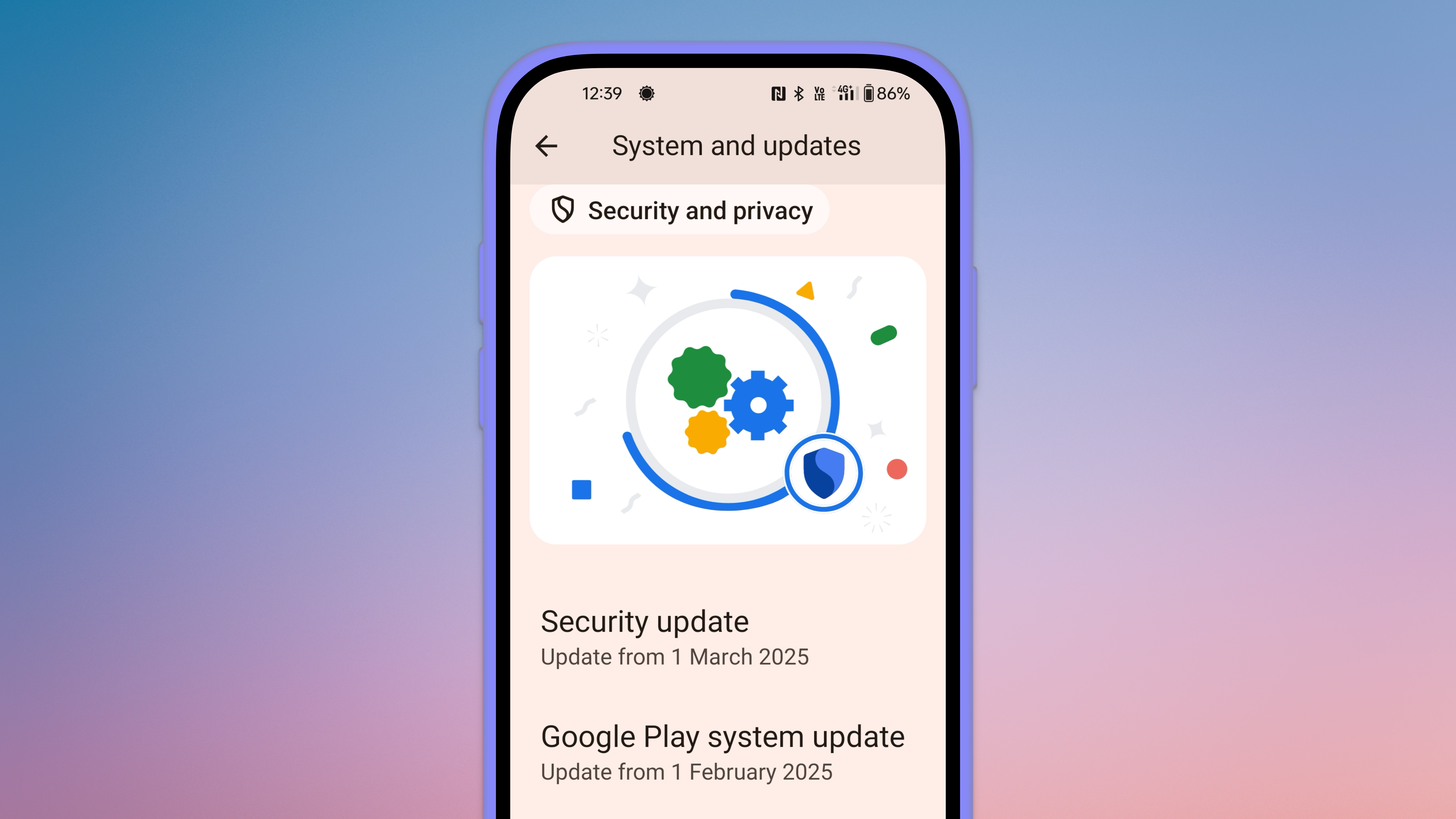No matter how much Google has tried over the past couple of years, it’s never managed to make Android updates as seamless as iOS updates. On the iPhone, every compatible iPhone across the globe gets the same updates, at the same time.
On Android, it’s anyone’s guess. Google releases the latest and greatest Android updates for Developers and its Pixel devices, and then Android smartphone manufactures get started with developing their own versions. For instance, because Samsung’s version of Android 15 is different from what OnePlus is doing, that can sometimes mean key features don’t show up on your phone until quite a ways down the line.
To mitigate this to some extent, Google has decided to take matters into its own hands, pushing out some security, privacy, and device tracking features to all Android devices at once, using a little known framework called Google Play system updates.
And yes, it’s confusing. It’s not just about the Google Play Store or services, and it’s something that you might never come across on your own. Google doesn’t send notifications about it, nor is it a part of the regular Software Update screen. So what is it, where is it, and why is it so important?
Why are Google Play system updates so important?
Credit: Khamosh Pathak
As I mentioned above, unless you’re on a Pixel, any regular Android update comes straight from your phone’s manufacturer, and not Google itself. This is usually where you get big Android updates, like how Samsung phones got updated to Android 15 with the One UI 7 update.
But the Google Play System updates are different.
It all started in 2019 with Project Mainline, where Google started to split some of the key components of the OS. With this project, Google can enhance Android’s security and privacy features without going through the regular channels. This is why, in the past, Google has been able to push features like Android Theft Detection, Remote Lock, and Offline Lock to all Android phones running Android 10 and above overnight. Something like this just isn’t possible with regular Android updates.
While these are small features, they’re not all that Play System updates give you. Google Play System updates are also responsible for Google Play Protect, the framework that scans and reports malicious apps on the Play Store, plus they add new features to the Google Play Store and Google Wallet.
Unlike a regular Android update, which might show up at any time, Google Play system updates show up every month without fail. You can check out Google’s website to see what’s new each month.
It’s important to make sure you’re getting these. Alongside their new features, they also introduce important security updates and bug fixes to the entire Google Play Services platform.
Why don’t you ever see Google Play system updates?
These updates are critical. But sometimes months can go by before you actually have the newest one. That’s because Google doesn’t promote these updates in any fashion. There are no notifications for them, and they aren’t even automatically installed when you perform a regular Android OS update.
Weirdly, they are only automatically installed when you reboot your smartphone. And give how smartphones are used these days, that can be months apart.
How to check for Google Play system updates
Credit: Khamosh Pathak
I can’t say if Google will eventually change its ways and make Play system updates more prominent. But for now, there’s only one way to check for them, and that is to manually install them in the Security updates section in the Settings app.
Different phones have different menus, so I’ll use Pixels as an example for how to find this page. If you’re using a Google Pixel phone, go to Settings > Security & privacy > System & updates. You’ll see two sections, Security update and Google Play system update. Tap the latter option to download and install the update. The update will be installed after your device reboots.
On any other smartphone, search is going to be your friend. In the Settings app, search for “Play system update,” which should help get you where you need to go.
